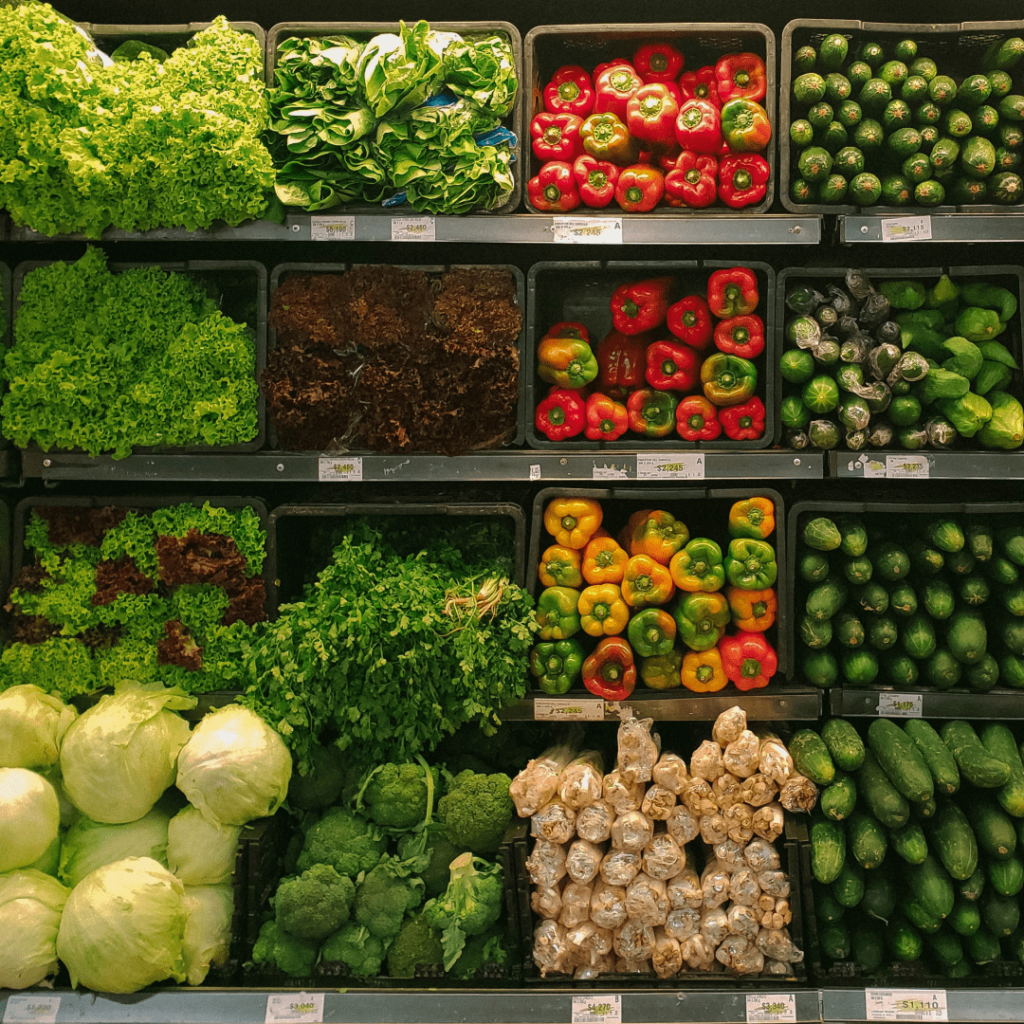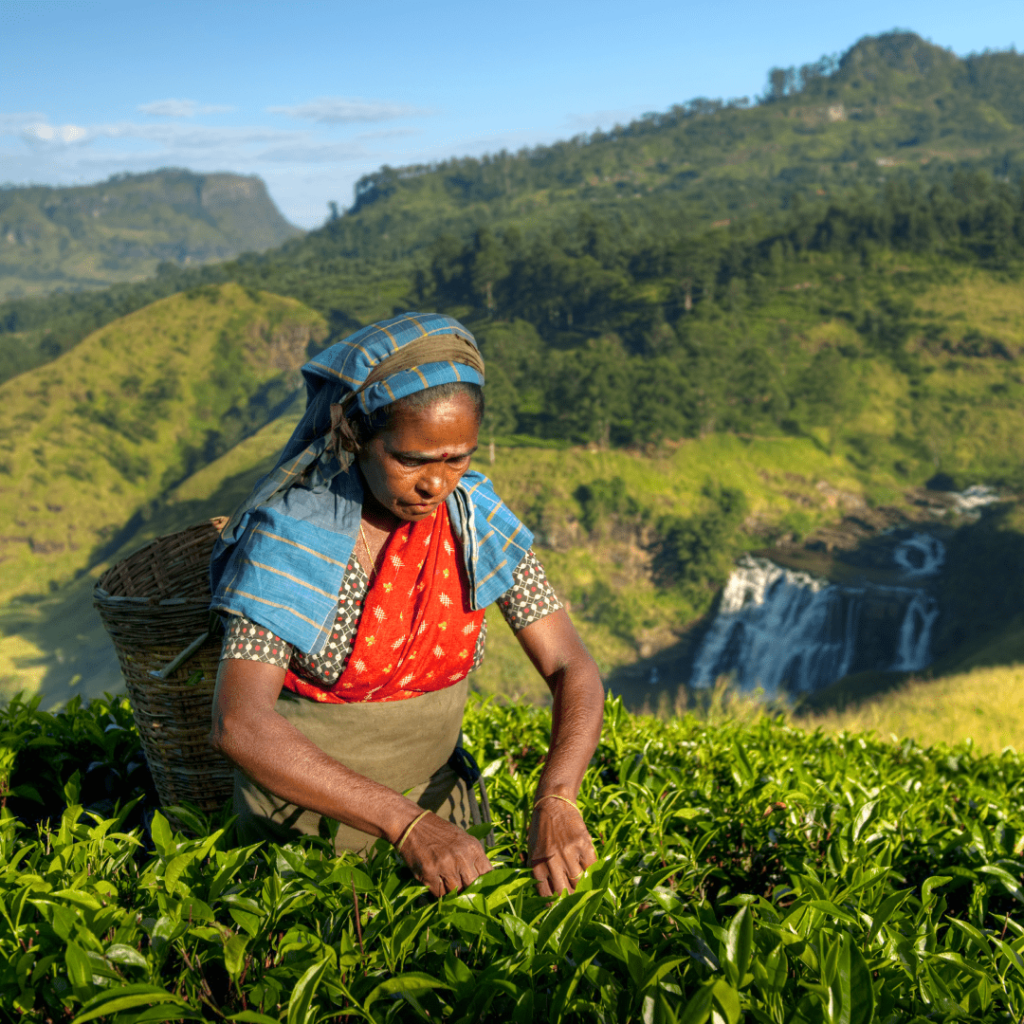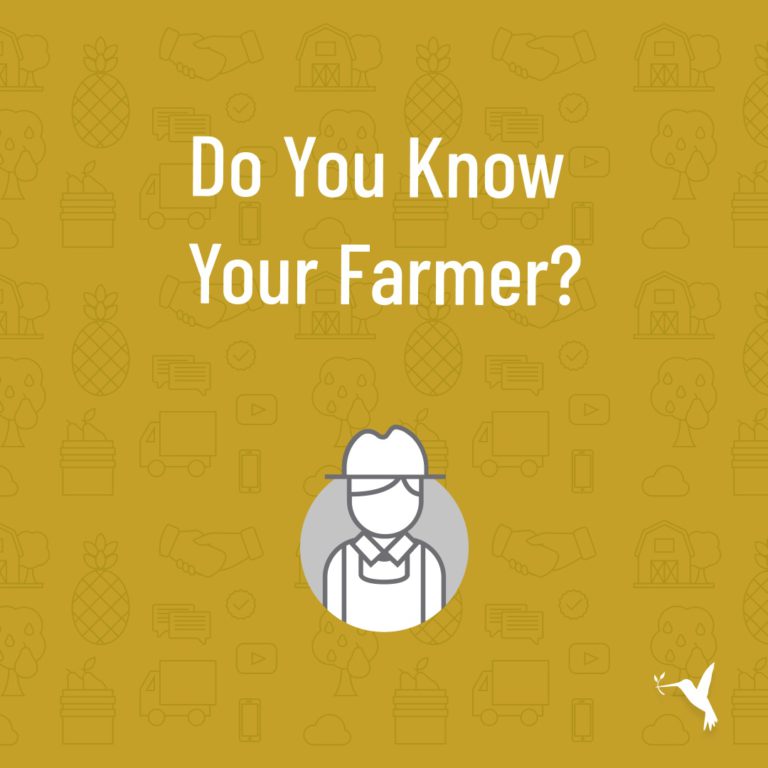The Faces Behind the Food: Why Do Food Costs Vary Around the World?
An Exploration of Food Costs, Income, & Power in our Global Economy

Anyone who has traveled internationally knows first hand that food prices vary widely between countries. Even within countries, especially those that are large and diverse, food costs tend to differ greatly.
Food costs are an important indicator of the balance between agricultural production and market demand; they directly influence affordability for the consumer and income for the farmers and producers.
Why and how can food costs vary so immensely around the world? This simple question does not have a simple answer. As food is one of our most basic needs as human beings, it is tied up with the most complex issues we humans face, and create, in our world.
We can dig through all these issues and return to the fundamental concept that food equals survival. And survival takes work.
Income Percentages Spent on Food Worldwide

It is instructive to consider not just overall food affordability, but also how much of our income we spend on food. Many of us may not think about the larger comparisons. We know the cost difference between eating out at a fine restaurant and cooking rice at home. We see how that affects our individual income. But what about our income as entire societies?
Around the world, the amount of income that people spend on food differs from as low as 7% to almost 60%. This is a significant range. But does it reflect food prices or affordability? Not necessarily.
There are eight countries in the world that spend less than 10% of their household income on food. In the United States, on average, people spend only 6.4% of their income on food. Singapore spends the second lowest amount at 6.7%, while Canadians spend 9.1%. Australia is also quite low, spending 9.8% of their income on food. In Europe, four other countries spend less than 10% of their income on food: the UK, Switzerland, Ireland, and Austria.
The countries that spend the highest percentage of their income on food are Nigeria, Kenya, Cameroon, Kazakhstan, Algeria, and the Philippines. In Nigeria, on average, people spend 56% of their income on food, and in Kenya, 47%.
Food Costs & Production

Food is not more expensive in Nigeria than in the U.S. In fact, it is basically the opposite, and more people are employed in the agriculture industry. More people work and live closer to the production of the food they consume. In many developing or low-to-middle income countries, the food markets have a large impact on food affordability, hunger and undernourishment, and dietary quality.
In the U.S., average income is much higher, and therefore, even though food is more expensive, people have more of their income left over to spend on other things. The average U.S. resident spends $2,392 USD per year on food, while the average Nigerian spends just about half that—$1,132 USD. The average Kenyan spends just $543 a year on food. When more people work in agriculture, food costs and wages tend to be lower, and people spend more of their earnings on food, their most basic need.
Understanding Power Dynamics
What we spend on food, we spend on survival. Survival is not easy work, and it is especially hard in certain places.
Can we just accept that this is the way it is–that some places are harder to survive in than others? Is greater income the only reason for such wide differences in percentages? I don’t think so. It’s not that simple.
There are unjust power dynamics within each society and throughout the globalized world that make survival more challenging for some than for others. The power dynamics at play—many of them the perpetuation or result of continued imperialism, colonialism, and racial and gender inequities, along with the unequal distribution of wealth within and across countries—contribute to this broad variation in how much is spent on food and how much energy is expended on survival.
Transparency in supply chains, along with a deeper understanding of unequal power dynamics, is a good starting point for breaking down these systems and structures that function so poorly for so many people on our planet. We need food to survive. We also need each other. Understanding who and how work is done towards survival, we may just start treating each other and our planet better.
We invite you to subscribe to our newsletter to receive more of our freshly-picked news related to our work around this matter in Producers Market:



